Benz luxury concept takes us 15 years into the future.
Mythbusters uses the Alameda Naval Air Station base in San Francisco to test popular urban legends. Mercedes-Benz is using the same venue to create some.
The vehicle for Benz's experiment is the F015 Luxury in Motion concept: a mobile vision of how we can expect to operate within a car by 2030. Operate? Yes, given driving is an option Mercedes doesn't expect many owners to take up on the daily commute through congested traffic.
This vision foresees occupants engaging in work, interacting with friends online or simply relaxing in the lounge-like luxury of four pod chairs as the car autonomously navigates to the workplace.
Benz's focus with the F015 is to show what's possible behind the silvered windows of the alloy behemoth.
Having proven the feasibility of autonomous driving with an S500 limousine, Benz's focus with the F015 is to show what's possible behind the silvered windows of the alloy behemoth.
"The private space and time will become the luxury commodities of the future," says Mercedes research and sustainability vice-president Dr Herbert Kohler.
"This is particularly helpful in situations where driving is more a burden than a pleasure. The luxury is in the freedom of decision making, not just in terms of driving."
"Passengers have the option to decide how much of the digital world they want to bring into the car from the outside. You can create your very own personal retreat with virtual landscape on the side displays and simply shut the real world away."
"It is not only a question of technical feasibility, it is more in terms of social acceptance. Therefore the communication is not limited to internal interaction between man and machine. It is the exchange of information between the car, the pedestrians and the traffic infrastructure."
NOT DRIVING
Press a button on a smartphone app to stir the hulking silver machine into action. the LED array on the front — designed to mimic the diamond-studded grille found on current Mercedes — switches to blue, alerting other road users the car is in autonomous mode (it glows white if the car is in manual mode).
The only sound as the car eases to a stop is the whirr of computer fans keeping the processors cool.
The app lets the "driver" preselect the number of passengers and the F015 obliges by opening the corresponding number of doors, which are hinged in such a way as to maximise entry space and show off the interior of the concept to anyone walking by. The only sound as the car eases to a stop is the whirr of computer fans keeping the processors cool.
One of the limitations of building a future concept is conjuring today's technology to mimic tomorrow's equipment. It takes a lot of computers to manage the multiple hi-res touchscreens mounted in the doors, along with the front instrument panel that tracks where the operator's eye is focusing and obligingly highlights the feature (aircon, satnav, sound system) which can then be adjusted using gesture recognition.
Benz research specialist Klaus Millerferli is the designated "driver" but as soon as we're settled in the pod-shaped alloy and leather chairs, he pushes a button and swivels 180 degrees to face the passengers.
He reaches for the touchscreen panel, selects an icon and instructs the car to "go" and then explains how the vehicle can highlight friends along the route, even detour to pick them up and select 360-degree scenes to project on the panels should the view outside the windows be less than engaging.
The truth, though, is this is not true autonomous driving: we're cruising along a pre-programmed route using GPS and multi-camera imaging to ensure we're within 2cm of the desired path.
"The only reason the F015 isn't autonomous is space: we don't have the room to fit the in-car and outside sensors," Millerferli says. He says the F015 can run on pure battery power or hydrogen.
"This is purely electric. We decided that way because we'd have had to organise a way to refuel a fuel cell vehicle and that may not be so easy in every location."
Being a concept, albeit a mobile one, also means the F015 is a touch sensitive, rather than touch-sensitive. It won't come out to play in the rain, the gesture recognition is limited to a panel between the front seats and occasionally the in-door touchscreens need more than a normal flick to function properly. It's a work in progress but with 15-20 years to realise the goal, Benz has time to tweak minor issues.
The major concerns are less technical than matters of social acceptability: people have to develop a degree of trust with autonomous vehicles coexisting with pedestrians and cyclists in ever-congested cities.
The F015 is configured to reassure pedestrians it has seen them with verbal and visual cues and can even project a laser-generated "walkway" on the road, while a "Slow" or "Stop" sign is displayed in the rear LEDs to alert traffic behind that the car is stopping.
Benz future studies and "ideation" expert Alexander Mankowsky has the final word. "The F015 shows how we can introduce robots into society," he says. "Cars like this one are simply machines that are making our lives easier."
"Ultimately it is the people who are in control — they set the route, the speed and decide if they want to detour. The vehicle enables them to do that with less stress and more relaxation.
"People will want to drive and they can control the F015 if the circumstances suit them. When it doesn't, they can occupy their time with more productive actions."



.jpg)








.jpg)
.jpg)
.jpg)
.jpg)
.jpg)
.jpg)
.jpg)
.jpg)
.jpg)
.jpg)
.jpg)
.jpg)
.jpg)
.jpg)
.jpg)
.jpg)
.jpg)
.jpg)
.jpg)
.jpg)
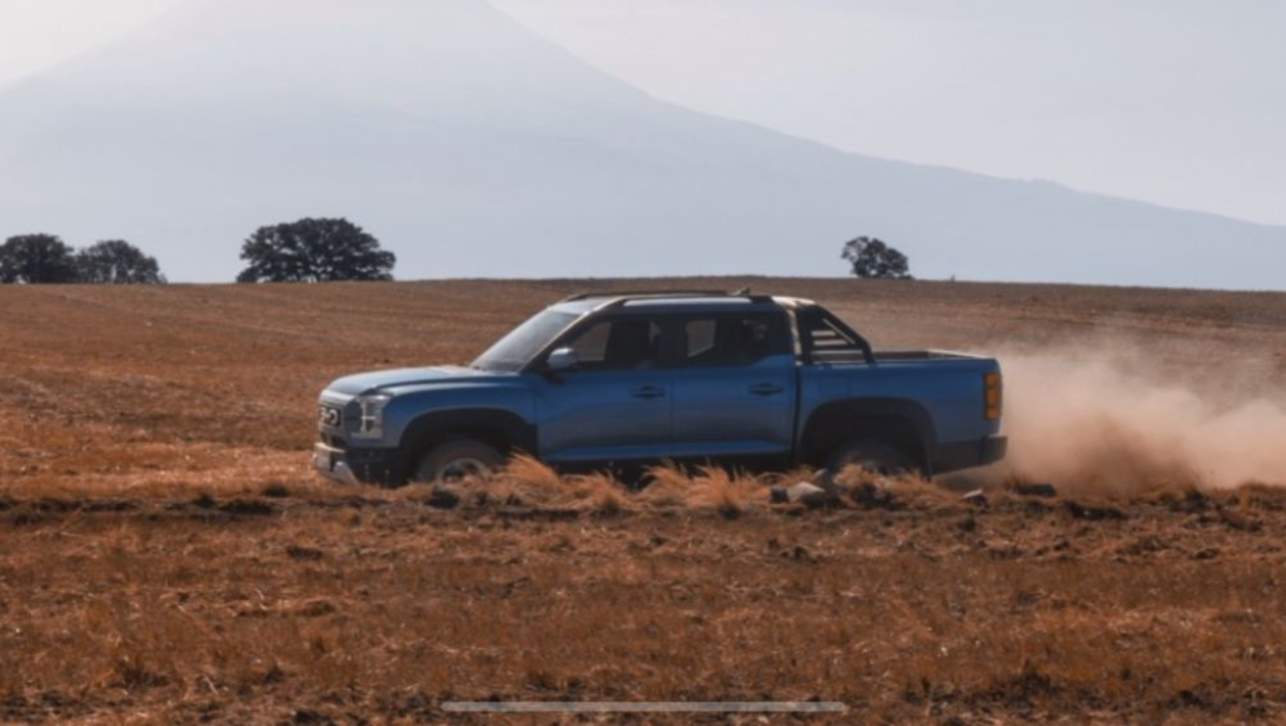
.jpg)
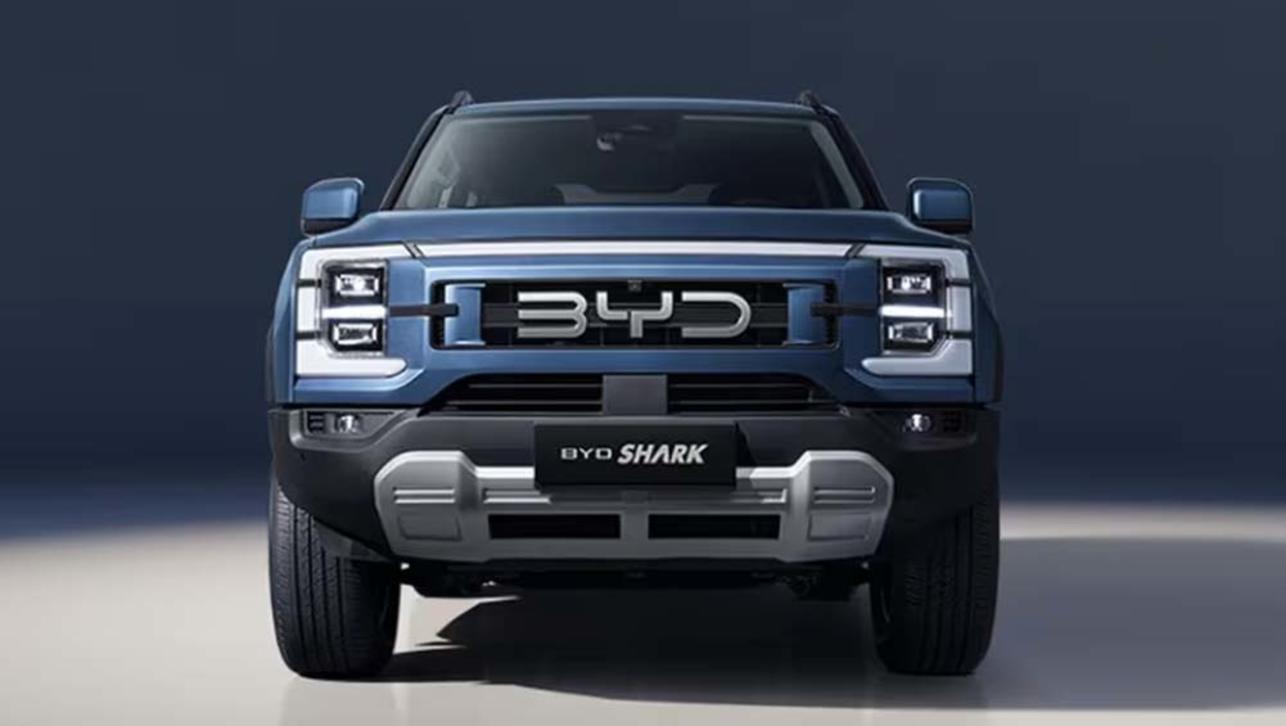
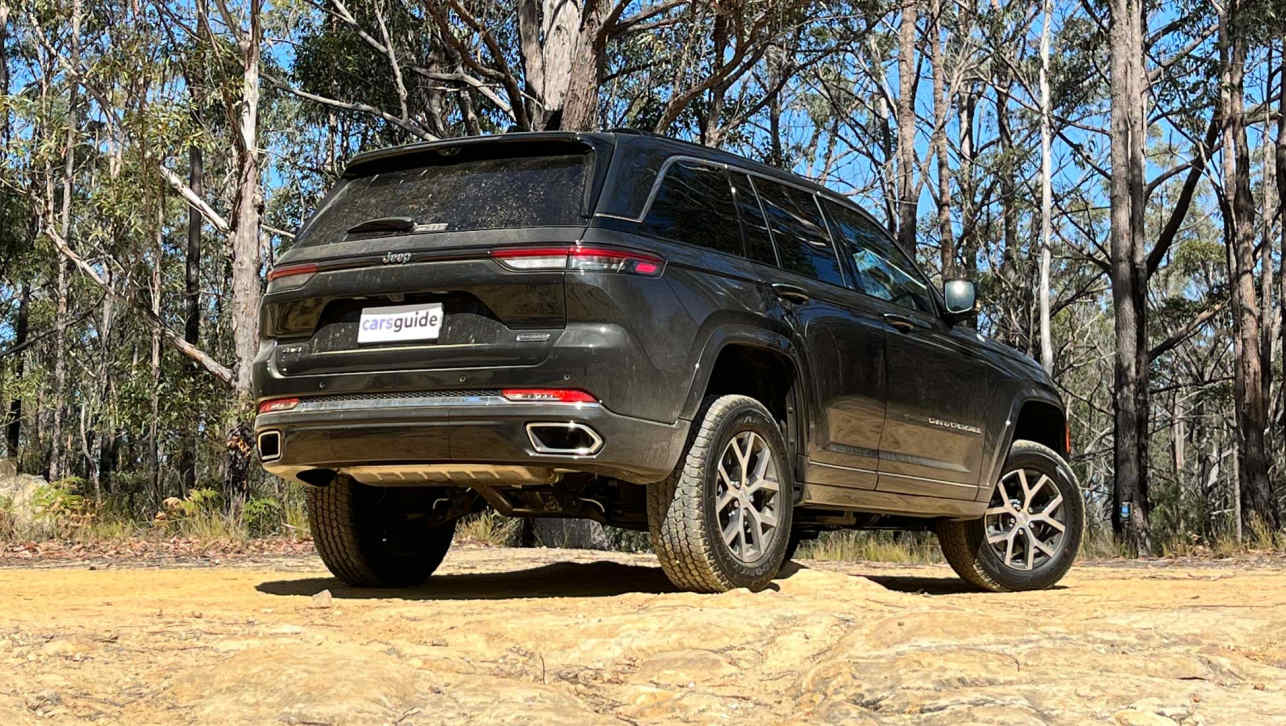
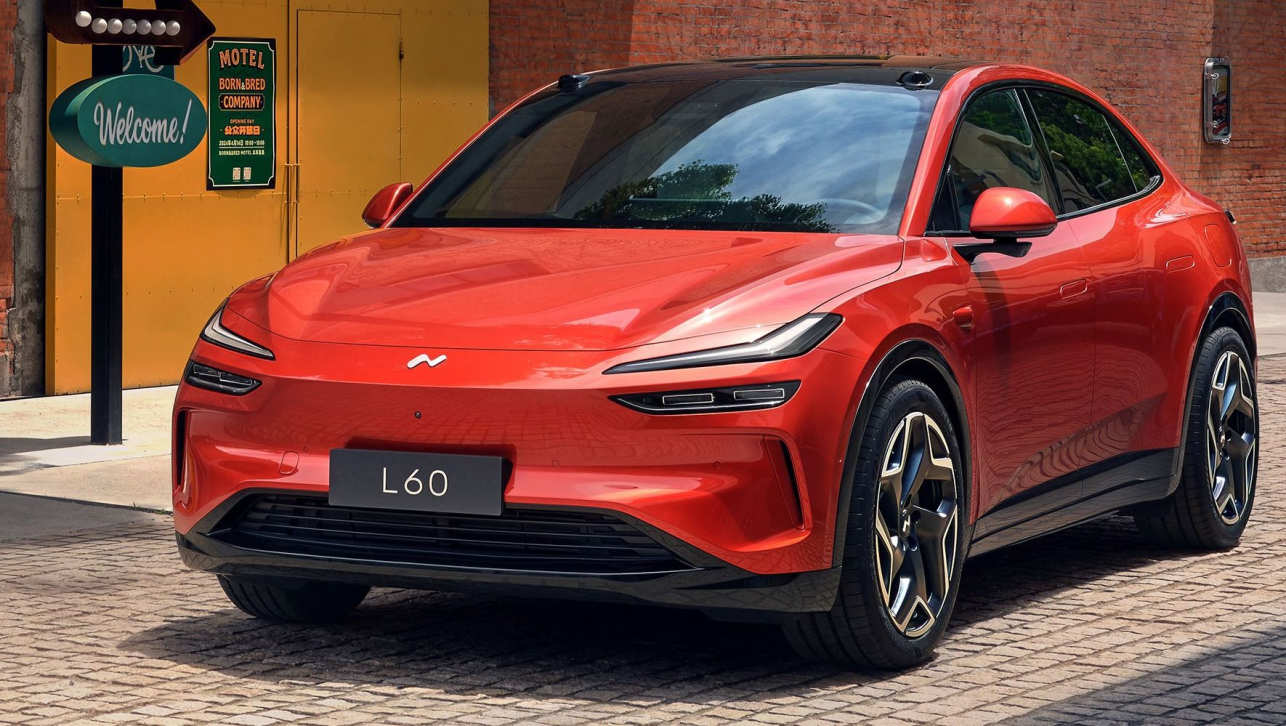
.jpg)
.jpg)
.jpg)
.jpg)
.jpg)
.jpg)
.jpg)
.jpg)
.jpg)
.jpg)


.jpg)

.jpg)
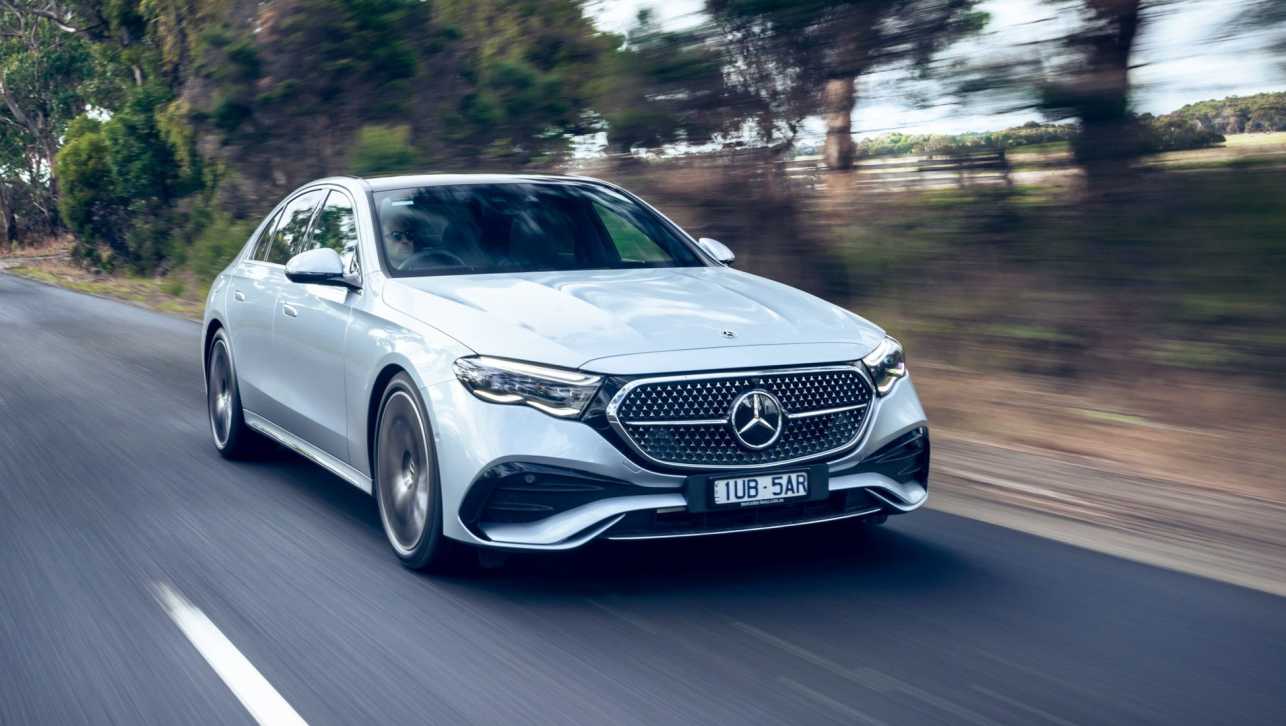

.jpg)





Comments